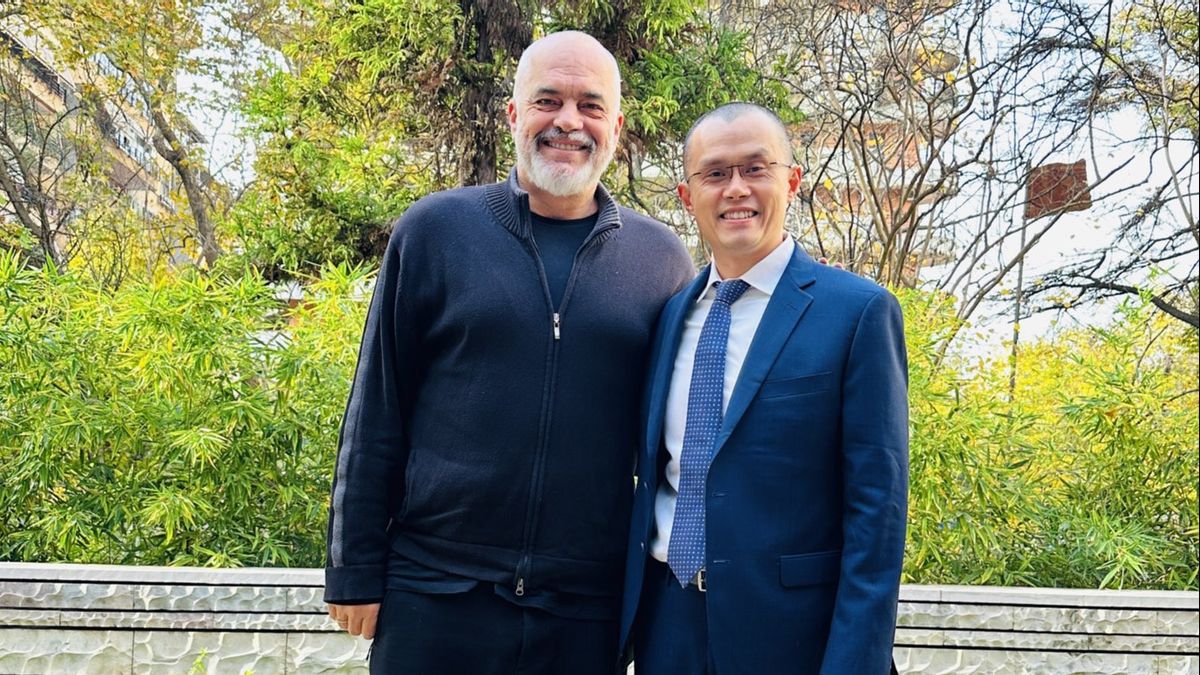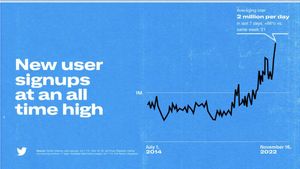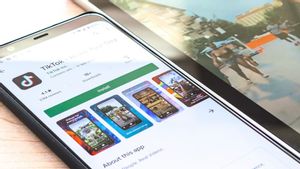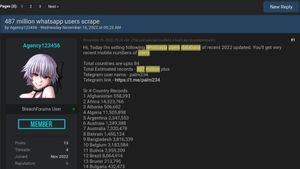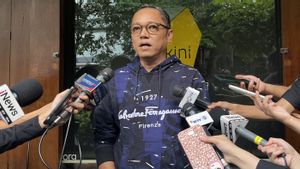JAKARTA - Cryptocurrency exchange company, Binance, has released a new website explaining its proof-of-reserve system. This company started with BTC reserves. Currently, Binance has a reserve ratio of 101%. This means that the company has enough bitcoins to cover all user balances.
This move comes weeks after the collapse of FTX, another popular crypto exchange. In the case of FTX, the company faced a liquidity crisis. They stop processing withdrawals because they are unable to meet requests from investors and end users.
Crypto companies — and crypto exchanges in particular — have been trying to be more transparent about user funds ever since. That means they have to share more information about hot and cold wallets. But there is still a lot of work to be done before the public can fully trust crypto exchanges and how they handle funds.
And absolutely no negative balances involved. It will be verified in the audit for the above PoR.
Actually the first time I heard about a "negative balance" in a PoR. "Innovative"...
We welcome questions and checks. Let's build together.
— CZ 🔶 Binance (@cz_binance) November 26, 2022
A few weeks ago, Binance started by sharing wallet addresses with billions of dollars worth of crypto assets. With this step, the company proves that it indeed owns multiple assets and can process multiple withdrawals. But the company doesn't state clearly whether those are user assets, or Binance's own balance sheet, or a mix of the two.
With a new proof-of-reserves site today, Binance clarified the point saying that the BTC wallets included in the proof-of-reserves system do not include Binance's own funds.
“It is important to note that this does not include Binance's corporate holdings, which are maintained in a completely segregated ledger,” the company said. You have to take Binance's word for it because you can't verify it with a blockchain explorer.
Binance started with BTC ownership. Adding any amount in any Binance wallet is easy. In terms of user assets, the company uses a Merkle tree to log all individual user accounts and generate cryptographic seals.
VOIR éGALEMENT:
As of November 22 at 23:59 UTC, Binance users collectively held 575742.4228 BTC that amount to around 9.5 billion US dollars (IDR 149 trillion) at today's exchange rates. Binance also has enough bitcoins in its own wallet to cover 101% of this fund. In other words, if everyone withdrew their BTC at the same time, Binance would have enough BTC to process all withdrawals.
Thanks to the Merkle tree, any user can use a root hash to check if their account is included in the user's balance snapshot. Binance says it covers user balances across various products, Spot, Funding, Margin, Futures, Earn, and Options Wallet. The company also provides a short Python script so you can check it out for yourself.
“Given recent events, it's understandable that the community will demand more from crypto exchanges, far more than traditional financial institutions require today. That is why we are happy to provide this new feature for our users to verify their funds,” said Binance founder and CEO Changpeng Zhao ‘CZ’ in a statement.
“Because Binance's user community is exponentially larger than the next largest exchange, this is a titanic effort and it will take several weeks to develop the data most of our assets are in custody. We are working to get the next update as soon as possible to meet the community's expectations,” added CZ.
Binance also plans to release similar proof of reserve information for ETH, USDT, USDC, BUSD, and BNB in the future. Binance offers hundreds of different cryptoassets, so let's hope they cover withdrawals for lesser known cryptocurrencies as well.
Likewise, companies should work with independent financial and security auditing firms so customers need not blindly trust the company. There's still a long way to go, but at least today's new proof-of-reserves system is a step in the right direction.
The English, Chinese, Japanese, Arabic, and French versions are automatically generated by the AI. So there may still be inaccuracies in translating, please always see Indonesian as our main language. (system supported by DigitalSiber.id)
